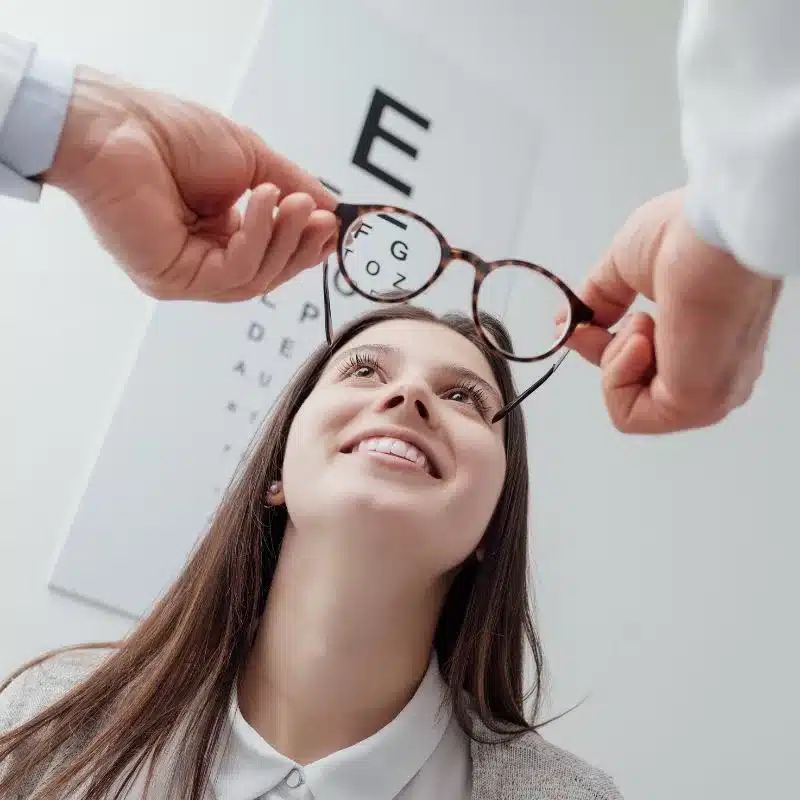Your vision is one of the most important senses, shaping how you experience and navigate the world. But for many, the signs that glasses are necessary aren’t always so clear. In this comprehensive guide, we’ll explore the top reasons why you might need glasses, the available options, and how to take the next steps.
Understanding Nearsightedness (Myopia) and Its Effects
Myopia, or nearsightedness, is steadily on the rise. It occurs when the eyeball becomes elongated or the cornea becomes too curved, reducing the retina’s ability to focus light rays. This makes distant objects appear blurry. If you’re frequently squinting, having difficulty seeing objects at a distance, or feeling eye strain, fatigue, or headaches, you may have myopia.
Exploring Farsightedness (Hyperopia) and Its Effects
Hyperopia, often referred to as farsightedness, is the opposite of myopia. In hyperopic eyes, the eyeball has shortened, or the cornea is too flat, causing the retina to focus too much light and leading to difficulty seeing up close. Signs and symptoms of hyperopia include blurred vision when reading or looking at a screen, eye strain, headaches, especially in the forehead, and aching or burning eyes.
The Battle With Astigmatism and Its Distorting Effects
Astigmatism is a common vision condition that causes blurred vision due to an irregular cornea or eye lens shape. Instead of the cornea having an even curvature, it’s more curved in one direction than the other, like the shape of a football. Astigmatism can lead to distorted or blurred vision at all distances, difficulty driving, eye strain, and headaches, especially at night.
Age-Related Vision Changes
Presbyopia is an age-related condition where the eye lens becomes less flexible, usually starting around age 40. This stiffening makes it more difficult to focus on close objects. Those coping with presbyopia may experience increased difficulty reading small print and struggling with near tasks, such as threading a needle, resulting in the need for brighter lighting when reading or working.
Digital Eye Strain and Its Impact on Vision
Digital screens have skyrocketed in modern life, leading to an increase in reports of eye-related issues, including digital eye strain or computer vision syndrome. Understanding what staring at a screen all day really does to your eyes puts things into perspective. This temporary condition results from prolonged use of high-energy light-emitting screens and often affects those with uncorrected refractive errors. Blurred vision, headaches, neck and shoulder pain, dry eyes, and difficulty refocusing the eyes are all symptoms of digital eye strain.
Your Path to Clearer Vision
The decision to get glasses is a pivotal step toward a clearer, more vibrant world. If you’re experiencing any of the symptoms discussed in this article, schedule an eye exam and begin your path to better sight. By understanding the top reasons you might need to get glasses, you can empower yourself to enjoy perfect vision.


1 comment
Looking after our eyes, and not ignoring any changes or issues is a very important step to take. As a longtime glasses wearer, I try to regularly get my eyes and eyesight checked for anything. It’s worth the effort—great post!